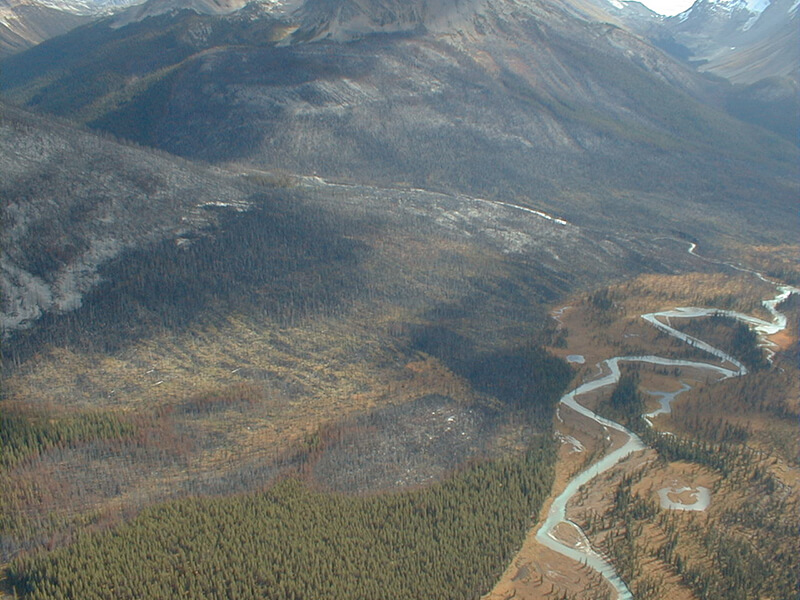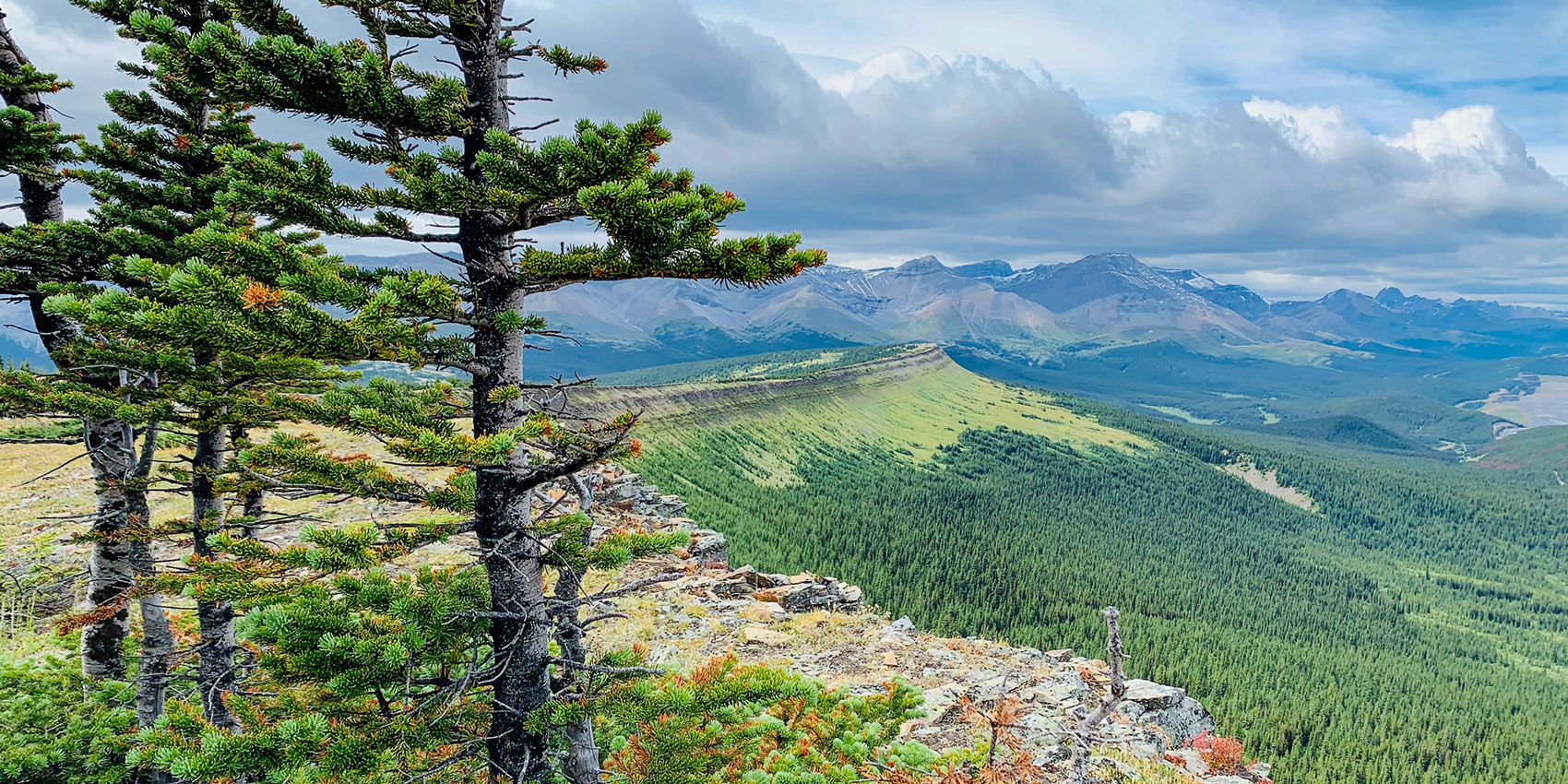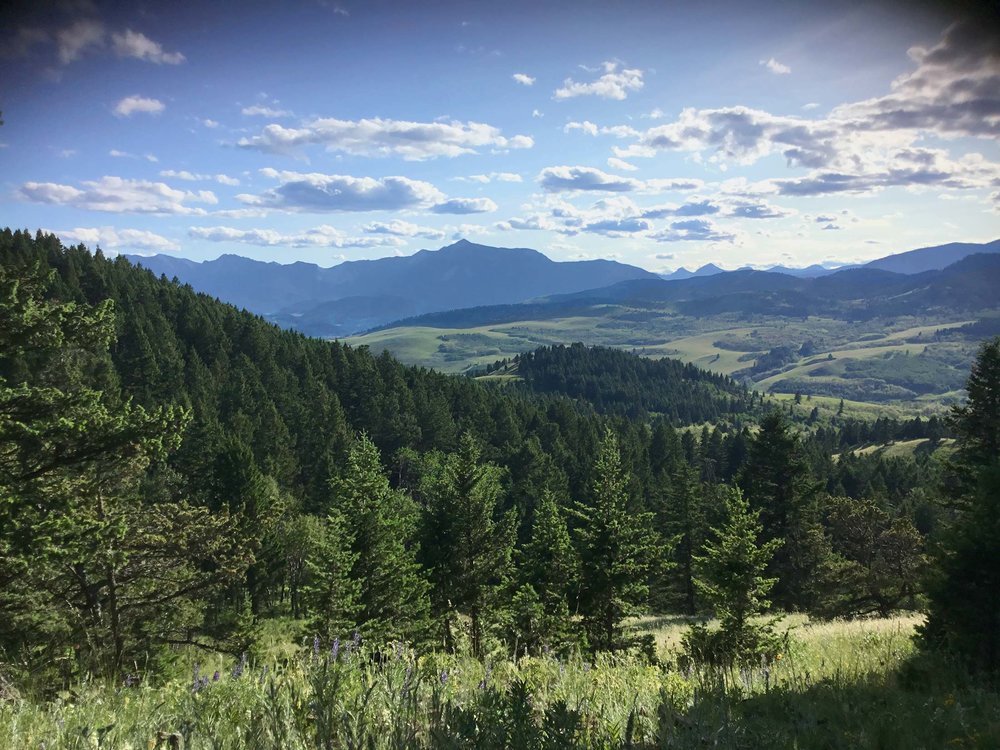
Abstract
Aim
Top-down (climatic) controls of fire occurrence are expected to homogenize fire regimes in a given area over long (millennial) temporal scales. Previous investigations in south-eastern British Columbia have shown that bottom-up (local site) factors can override long-term climate as a dominant control. Here, we examine the interactions between fire regime controls using five 5000-year-long lake sediment records.
Location
All lakes are located in separate watersheds within a 550-km2 region of Engelmann spruce–subalpine fir forest in the Columbia Mountains, British Columbia, Canada.
Methods
Sedimentary macroscopic (> 150 μm) charcoal analysis was used to produce local fire history records. Fire events were identified by decomposing the charcoal concentration series using the program charanalysis. We analysed the temporal coherence of the reconstructed fire events and the distributions of the fire return intervals at all sites and pooled sites by their north-facing or south-facing aspect.
Results
Since 5000 cal. yr bp, fire frequency was highest between 4250 and 2750 cal. yr bp and lowest from 750 cal. yr bp to the present. Median fire return intervals were shorter on the warmer and drier south-facing slopes (135–190 years) and longer on the cooler and moister north-facing slopes (226–241 years). Significant synchrony existed between sites with similar aspect, but no synchrony was found at sites with opposing aspect, providing evidence for the importance of bottom-up controls. Smoothed fire frequencies suggested that the influence of aspect varied throughout the period and that the importance of aspect could be overridden by other controls. The asynchrony between sites with opposite aspects suggests that local conditions for fire are important spatial controls on the fire regime.
Main conclusions
Aspect is an important bottom-up control of fire regimes in mid-elevation forests and its influence varies through time. The variability of climate–fire–vegetation interactions in the region needs to be investigated to understand the importance of top-down and bottom-up controls.
To access the full paper, go here, or contact Dave Andison.
Citation
Courtney Mustaphi, C.J., and M.F.J. Pisaric. 2013. Varying influence of climate and aspect as controls of montane forest fire regimes during the late Holocene, south-eastern British Columbia, Canada. Journal of Biogoegraphy 40: 1983-1996.
Doi: 10.1111/jbi.12143








